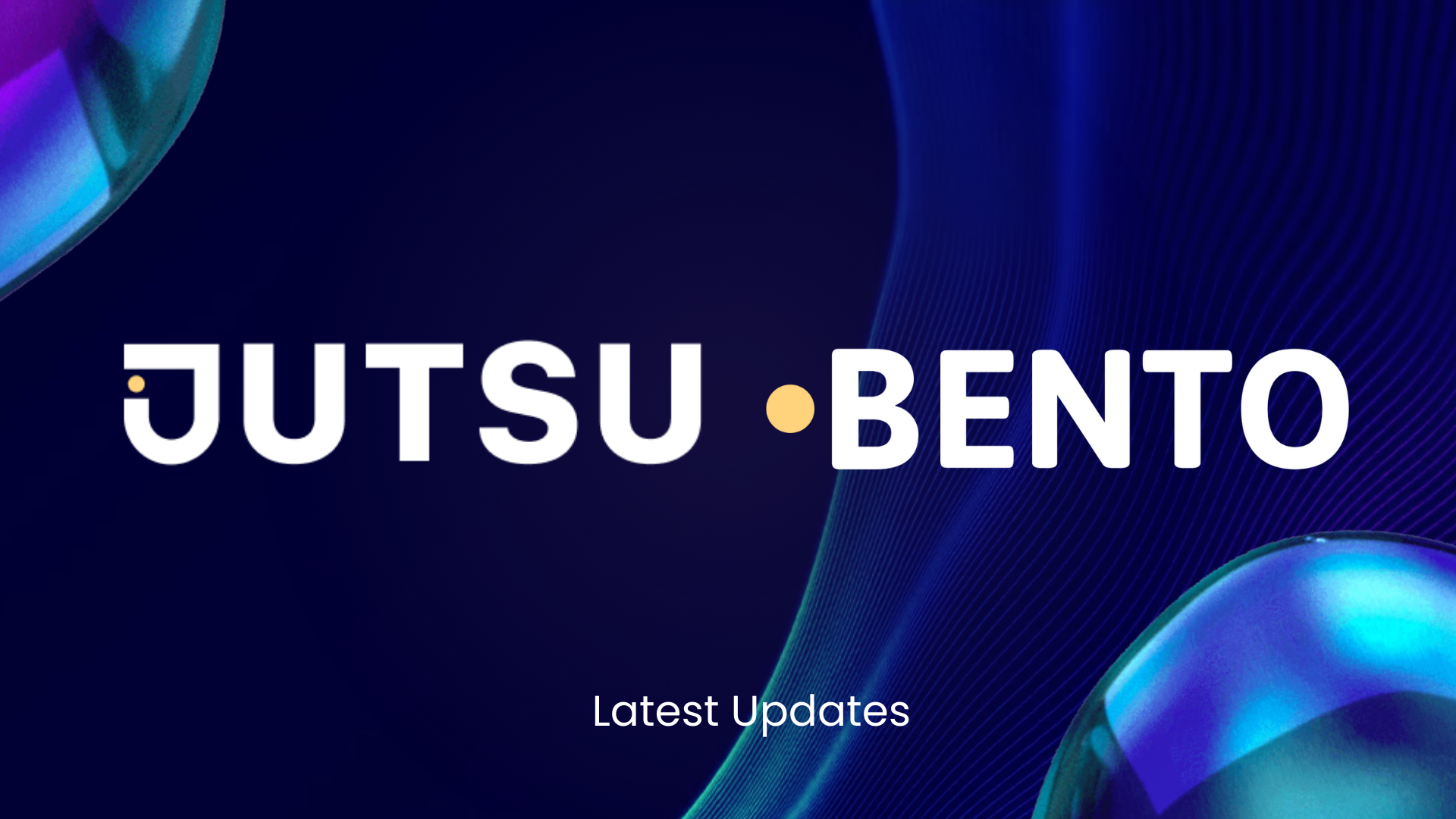Step-by-Step Guide to Building and Deploying Projects with Bento and Jutsu IDE

Welcome to our step-by-step guide on how to use Bento and Jutsu IDE for creating and deploying your projects with ease. Today, we'll walk you through setting up a coffee shop website, introducing some of Bento and Jutsu's powerful features, and demonstrating how to deploy your dapp.
Getting Started with Bento
You can create any website using Bento in two ways:
Creating a website or dApp using Bento's prompt feature
- Write Your Prompt: Start by writing a prompt for your project describing your website. Then, click "Generate" to create the project. Instantly, the system will select an appropriate template and update all related codes and UI elements accordingly.
- Screenshot to dApp: Start from Screenshot: Our new feature, "Start from Screenshot," allows you to build sections based on a screenshot.
Creating a website or dApp using Bento's screenshot feature
- Select a Screenshot: For example, use a screenshot of a landing page.
- Generate the Section: Name it, add a description if needed, and click on "Generate." Bento will create the landing page based on your screenshot.
Customizing Your Project
Updating and customizing your project is simple:
Customizing Your Project: Updating Call-to-Actions, Colors, and Images in Bento
- Update Sections: Want to update the call-to-action section? Just click, modify the text, or regenerate the entire section with a single button click.
- Change Color Scheme and Images: You can also change the color scheme and update gallery images. Every section is fully customizable to suit your needs.
- Instant Reflection of Changes: As you make changes, they are reflected instantly, including previously generated images and text.
Adding New Sections
Using the AI component feature, you can easily add new sections to your project:
Adding New Sections with AI Components in Bento
- Add a Section: Click on the "AI Component" button, select the section you want to add (e.g., a pricing section), and it's done.
- Manage Sections: Create multiple sections to build an interesting user interface. Preview them, zoom in and out, and view mobile and desktop versions of the pages.
- Manage Projects: On the projects page, you can manage all your components and projects, load more, see detailed previews, and switch between dark and light modes.
Deploying Your DApp on Near BOS with Jutsu IDE
Deploying your dApp on Jutsu IDE is straightforward:
Deploying Your dApp on the blockchain
- Click on Deploy: Click on the deploy button to get started. This will connect you to Near.
- Connect Your Wallet: Once connected, link your Near wallet and pay the required network fees.
- Rename Your Dapp: Quickly rename your dapp if needed, and click the deploy button again to complete the process.
You'll notice a deploy confirmation button once it's done. From there, you can explore the app on various platforms like Jutsu, near.org, near.social, bos.gg.
Exploring the New Jutsu IDE Features
Our Jutsu IDE has several new and updated features:
Jutsu IDE updated features
- Two Main Buttons: One button is for creating a new component, and the other is for directly importing from GitHub.
- Jutsu Storage Integration: One of the most interesting features is Jutsu storage, now integrated with IPFS. You can upload a picture, copy its URL, and use it in your website.
Adding Images to Components
Adding uploaded images to your component is simple:
- Upload an Image: Click to upload a picture.
- Use the Image: Copy the URL and paste it where you want the image to appear in your component.
GitHub Integration with BOS Components
Jutsu IDE now supports flawless integration with GitHub:
GitHub Integration with BOS Components using Jutsu IDE
- Import Repositories: Click on the import button to see all the organizations you are a member of. Paste a link to any public GitHub repo you want to clone.
- View Repositories: Once imported, view all your repos in an easy view. Work on multiple GitHub repos at once.
- Open and Create Files: Open files directly from the platform, or create new files with the correct file extension.
Publishing Changes
When you're ready to publish your changes:
- View Differences: See a diff view showing the original file and the modified file.
- Commit Changes: Add a commit message and commit the changes directly from the platform. Your updates will be reflected immediately.
Live Collaboration
Jutsu IDE supports live collaboration:
- Start a Session: Click on the live collaboration button to start a session.
- Collaborate in Real Time: Multiple people can join the session and code together in real time.
- Stop Collaboration: Click the stop button to end the session.
Feedback System
We have a new feedback system to gather your thoughts:
- Provide Feedback: Click on the feedback button to share what features you'd like to see or any other feedback you have.
Conclusion
Building front-ends, deploying, and collaborating is now easier with Bento and Jutsu IDE. If you have any questions or need further assistance, feel free to ask. Happy coding!
Telegram: https://t.me/tryjutsu
Twitter: @tryjutsu
Bento: Click here
Jutsu: Click here

